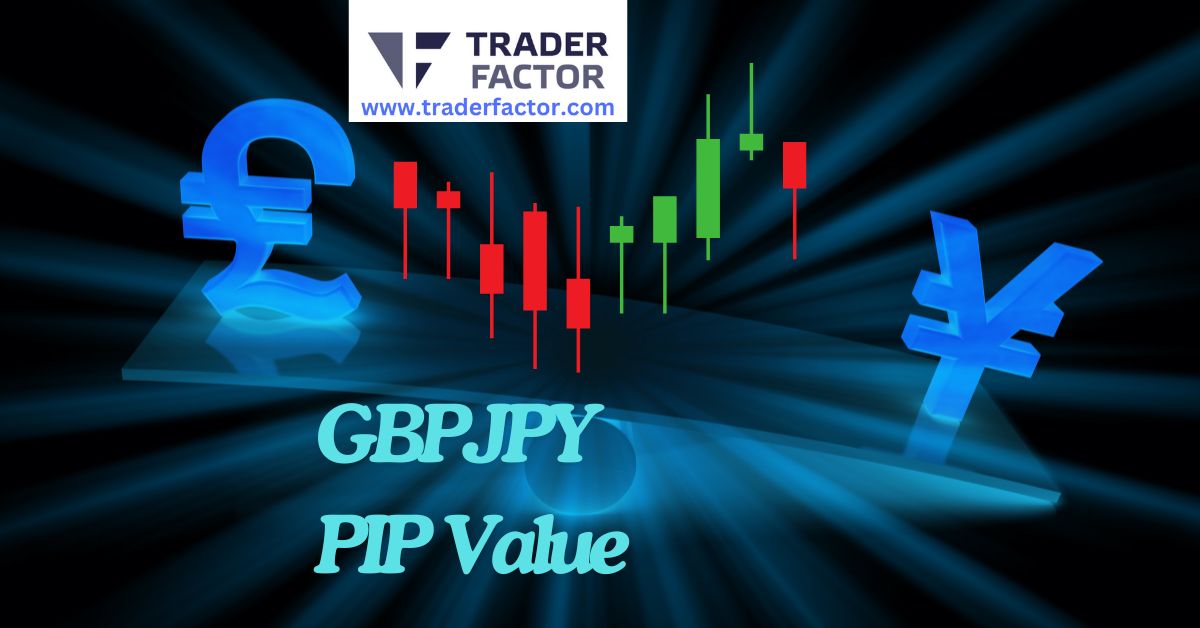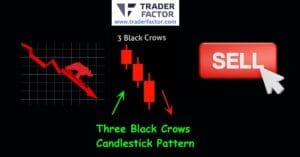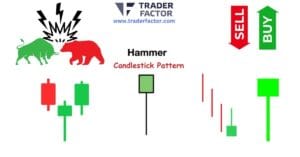When you’re trading GBP/JPY, understanding the pip value is vital for managing your risk effectively. This currency pair, often marked by its volatility, moves in increments that can greatly impact your trading account. By calculating the pip value, you’re not just preparing to adjust your trade sizes; you’re taking a proactive step towards aligning your trading strategies with your financial goals. But how exactly do these calculations influence your trading decisions, and what should you consider to leverage this knowledge effectively?
Understanding GBPJPY Pip Value
Let’s explore how mastering GBPJPY pip value can transform your approach to forex trading.
In Forex trading, a “pip” serves as the fundamental unit of price movement, important for gauging changes in exchange rates between currency pairs. You’ll find that understanding how pips work is essential for making informed trading decisions.
A pip represents the smallest price change that a given exchange rate can make. Most currency pairs are priced to four decimal places, and a pip is typically the last decimal point, equivalent to 0.0001. However, for pairs involving the Japanese yen, a pip corresponds to 0.01 because these are quoted to only two decimal places.
Monitoring pip movement allows you to assess the volatility and price dynamics of the currency pairs you’re trading. For example, if the EUR/USD pair moves from 1.1050 to 1.1055, this signifies a 5 pip increase. Each pip movement reflects a change in the value of one currency relative to another, affecting your potential profit or loss.
It’s important to keep a close eye on how pips fluctuate throughout the trading day, as this can indicate short-term trends or potential reversals. Understanding this element of Forex trading deepens your market analysis and aids in strategizing more effectively.
Table of Contents
ToggleCalculating Pip Value of GBPJPY
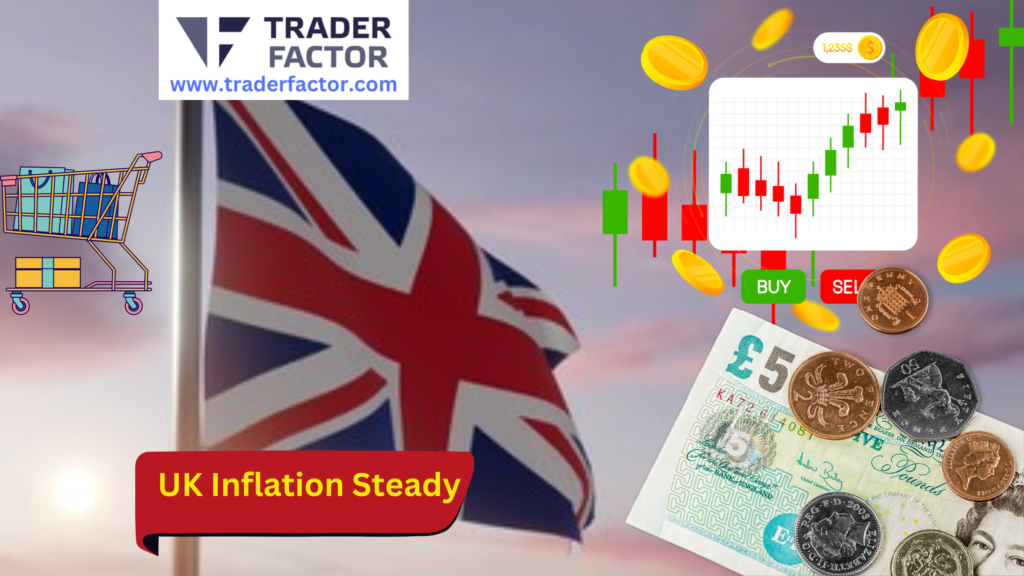
To accurately determine the impact of market movements on your trades, you’ll need to calculate the pip value for each currency pair you’re trading. The pip value formula is critical in this calculation, especially for a volatile pair like GBP/JPY. Here’s how you’ll do it:
First, recognize that a pip is generally the smallest price move that a currency exchange rate can make based on market convention. For most pairs, this is 0.0001, but for JPY pairs, it’s 0.01.
To calculate the pip value of GBP/JPY, you take the pip size (0.01) and divide it by the exchange rate. Multiply this result by the lot size of your trade. For example, if GBP/JPY is trading at 150.00 and you’re trading a standard lot of 100,000, your pip value would be (0.01 / 150.00) * 100,000, which equals approximately 6.67 GBP per pip.
Understanding currency pair correlations can further refine your strategy. GBP/JPY often correlates with EUR/JPY due to their common component, JPY. Monitoring these correlations helps predict movement patterns, enhancing your decision-making process in volatile trading conditions.
Importance of Pip Values

Understanding how to calculate pip values, as discussed, sets you up to grasp their significance in forex trading. Knowing the pip value of your trades in the GBP/JPY currency pair isn’t just a technical necessity—it’s a foundational element of risk management. Each pip’s worth affects how you manage your trading capital and control potential losses.
The GBP/JPY is a volatile currency pair, exhibiting larger price movements, which can translate to significant profit or loss. By calculating the precise value of a single pip, you’re better positioned to set accurate stop-loss orders. These orders help mitigate risk by defining the exact point at which your trade will close should the market move against you.
Effective risk management hinges on understanding these movements in relation to your overall trading capital. For instance, if the pip value is high, even a small adverse move in the GBP/JPY price can have substantial financial implications.
Conversely, understanding this can allow you to capitalize on the volatility when the market moves in your favor.
In essence, mastering pip values provides you with a clearer perspective on potential earnings and losses, aligning your trading strategies more closely with your financial goals and risk tolerance.
Strategies for GBP/JPY Trading
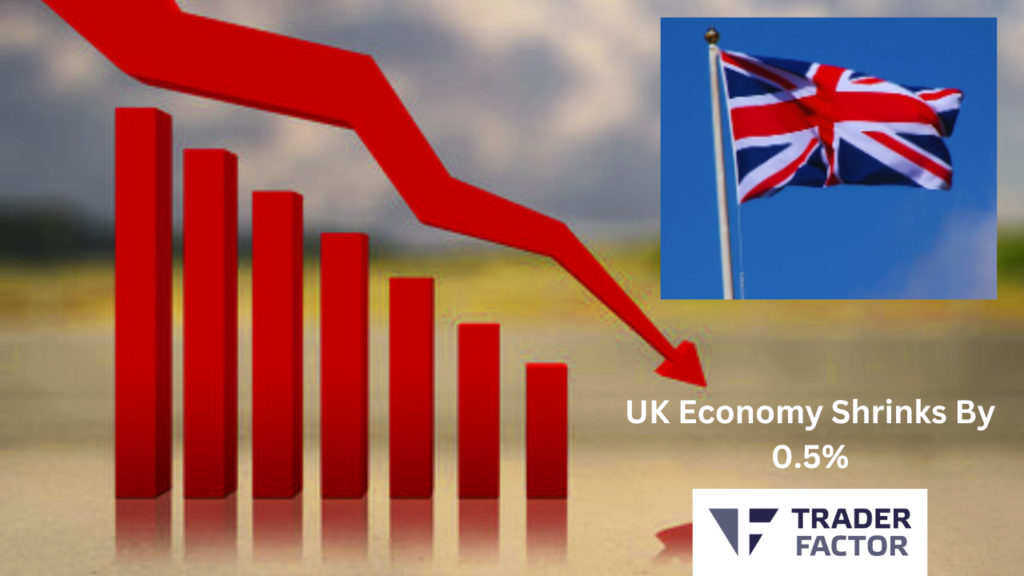
As you develop strategies for trading GBP/JPY, integrating technical analysis and market sentiment into your approach becomes crucial. By blending these elements, you can enhance your trading decisions and potentially increase your profitability. Technical analysis provides a structured way to analyze price movements through charts and technical indicators, while understanding market sentiment can give you insight into how other traders are feeling, which influences market movement.
To effectively use technical and fundamental analysis in your GBP/JPY trading strategy, consider the following:
- Chart Patterns Recognition: Identify patterns like head and shoulders or double tops, which can indicate potential market reversals or continuation.
- Use of Technical Indicators: Apply tools such as moving averages, MACD, or RSI to discover trends and possible entry or exit points.
- Economic Indicators: Keep an eye on economic releases, such as interest rates decisions, GDP growth rates, and employment data from both the UK and Japan.
- Sentiment Analysis: Gauge the mood of the market through news sources, expert commentary, and other media to anticipate sudden shifts or trends.
Managing Risks With Pip Values
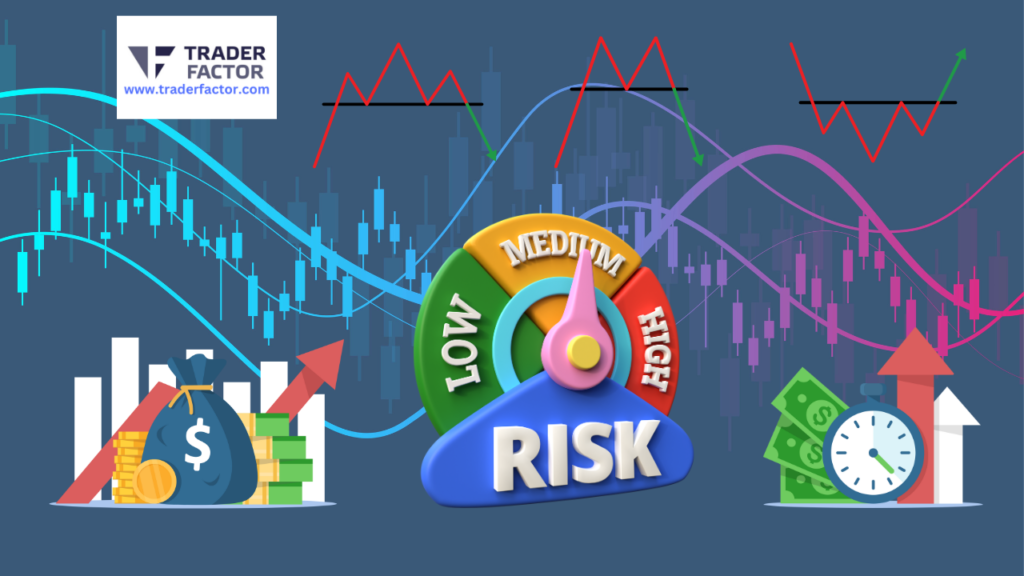
When you trade GBP/JPY, understanding pip values is essential for managing your risks effectively. The pip value, which varies with market conditions and your account currency, directly influences your risk exposure. By accurately calculating the pip value, you can tailor your trade sizing to align with your risk management strategy, ensuring that you’re not overexposed on a volatile pair like GBP/JPY.
Trade sizing is a critical component of risk management. It’s about balancing potential profit against the risk you’re willing to take. Here’s a quick guide to help you understand how pip values can impact your trade sizing decisions:
| Pip Change | Impact on GBP/JPY Position |
|---|---|
| 10 pips | Minor impact, manageable risk |
| 50 pips | Moderate impact, increased risk |
| 100 pips | Significant impact, high risk |
| 200 pips | Major impact, critical risk management required |
| 300+ pips | Extreme impact, potential for substantial loss |
This table illustrates that larger pip movements require more stringent risk controls. You need to adjust your position size based on the expected volatility and the pip value to maintain control over your exposure. By doing so, you’re not just reacting to the market, you’re strategically maneuvering through it.

Conclusion GBPJPY PIP Value
In sum, mastering the pip value of GBP/JPY is essential for your trading strategy. By calculating the pip value accurately, you’re better equipped to manage your risk exposure effectively. Remember, a precise understanding of pip movements helps align your trading decisions with your risk tolerance and financial objectives. Always monitor these values closely to adapt your strategies in real-time, ensuring you maintain control over your trades in the volatile Forex market.
Disclaimer:
All information has been prepared by TraderFactor or partners. The information does not contain a record of TraderFactor or partner’s prices or an offer of or solicitation for a transaction in any financial instrument. No representation or warranty is given as to the accuracy or completeness of this information. Any material provided does not have regard to the specific investment objective and financial situation of any person who may read it. Past performance is not a reliable indicator of future performance.

